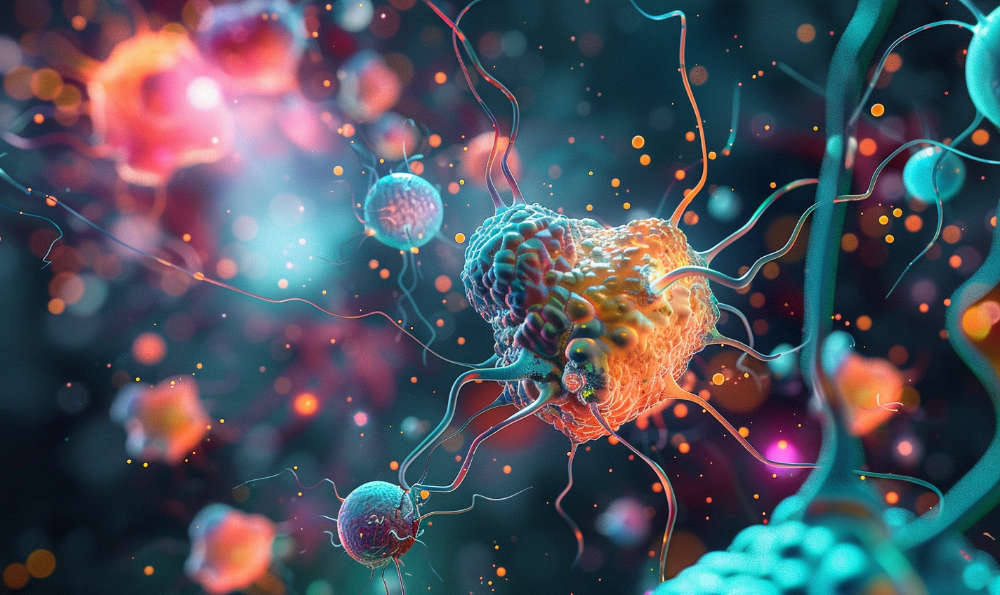The Business of Charity: How Nonprofits Exploit Donors and Causes for Profit

Charities are widely perceived as organizations dedicated to humanitarian efforts, social justice, and crisis relief. People donate with the belief that their contributions will directly benefit those in need. However, an increasing number of reports and investigations reveal that many charities function more like corporations—focused on branding, revenue, and self-enrichment rather than truly helping the causes they claim to support.
In many cases, charities have become profit-driven entities that exploit trends, misallocate funds, and fail to deliver on their promises. Their business-like approach often contradicts their stated missions, raising questions about ethics, accountability, and whether charitable giving is truly making a difference.
Charities as Corporate Machines
Nonprofits are supposed to operate differently from traditional businesses, yet many large charities follow corporate structures focused on branding, marketing, and financial expansion.
- Excessive Executive Salaries – Many high-ranking charity executives receive salaries comparable to those in the corporate world. Research has shown that CEOs of major charities often earn six- or seven-figure salaries while only a fraction of donations go toward actual aid efforts (1).
- High Administrative Costs – A significant portion of funds raised by charities is spent on administrative expenses, including advertising, office rent, and staff salaries. Studies indicate that in some cases, as little as 10-20% of donations reach the intended cause (2).
- Branding Over Impact – Charities spend millions on marketing and PR to maintain their image rather than directly supporting their cause. Many use celebrity endorsements, high-profile events, and social media trends to drive donations without guaranteeing actual impact (3).
Exploiting Trends and Disasters
Charities frequently capitalize on trending social issues, natural disasters, and humanitarian crises to maximize donations, often without ensuring that funds are used effectively.
- Disaster Relief Mismanagement – After major disasters, charities collect millions in donations but fail to deliver aid efficiently. Investigations into large-scale disaster relief campaigns have found that funds are often misallocated, delayed, or redirected to general operating budgets (4).
- Exploiting Social Movements – Some charities align themselves with popular movements to attract donations, even when their actual contributions to the cause are minimal. Reports show that organizations often shift focus based on what is currently in the media rather than their original mission (5).
- Overpromising and Underdelivering – Charities often make ambitious claims about their goals but fail to deliver measurable results. Studies on international aid programs reveal that many initiatives fail due to mismanagement, lack of local knowledge, and inefficient use of funds (6).
Corruption and Ethical Failures
Many charities fail to uphold their own ethical standards, engaging in misconduct ranging from financial mismanagement to outright fraud.
- Fraud and Embezzlement – Investigations into major charities have uncovered cases of fund mismanagement, fraud, and corruption. Reports from global watchdog organizations highlight that millions in charitable donations have been lost to fraud (7).
- Unethical Labor Practices – Some charities exploit workers and volunteers while maintaining high executive salaries. Studies show that many nonprofit employees are underpaid, overworked, or misled about how their efforts contribute to the cause (8).
- Conflicts of Interest – Charity board members often have financial ties to businesses that profit from charitable activities, raising concerns about transparency and ethical integrity (9).
Lack of Accountability and Transparency
Despite handling billions in public donations, many charities operate with minimal oversight and accountability.
- Lack of Financial Transparency – Many organizations fail to disclose detailed reports on how funds are spent, making it difficult for donors to track where their money goes. Research has found that vague reporting and loopholes allow charities to allocate funds without clear oversight (10).
- False or Misleading Claims – Some charities inflate their impact statistics, exaggerate their effectiveness, or use misleading narratives to attract donors. Studies have revealed that many charities manipulate data to appear more effective than they actually are (11).
- Poor Monitoring of Aid Distribution – Charities often lack proper mechanisms to ensure aid reaches the intended beneficiaries. Reports on international aid distribution have shown that funds and resources frequently get lost due to corruption, poor planning, or logistical failures (12).
The Charity Industry vs. Genuine Philanthropy
While some organizations operate with integrity, the charity sector as a whole has evolved into a multi-billion-dollar industry that prioritizes expansion and fundraising over genuine impact. Donors who want to support meaningful causes must carefully research organizations before contributing.
- Local and Grassroots Efforts – Smaller, community-based initiatives often have a more direct and measurable impact than large charities. Studies suggest that donations to local groups have higher efficiency rates in delivering aid (13).
- Direct Giving Models – Some studies indicate that giving directly to individuals in need—rather than through large nonprofits—can be a more effective way to create change (14).
- Advocacy for Systemic Change – Instead of supporting charities that treat symptoms of social problems, investing in policy change and systemic reform may offer long-term solutions (15).
References
- Charity Navigator (2021). “Executive Compensation in Nonprofits: A Growing Concern.”
- OECD (2022). “Nonprofit Financial Allocation and Administrative Overhead: An International Analysis.”
- Harvard Business Review (2020). “The Branding of Charity: How Nonprofits Compete for Attention.”
- Financial Times (2021). “Disaster Relief and the Misuse of Emergency Funds.”
- Journal of Nonprofit Management (2022). “The Trend-Driven Approach of Modern Charities.”
- World Bank Report (2021). “Why International Aid Fails: A Critical Review.”
- Global Charity Fraud Report (2022). “Investigating Corruption in the Nonprofit Sector.”
- Nonprofit Quarterly (2021). “The Ethics of Labor in the Charity Sector.”
- The Guardian (2022). “Conflicts of Interest in Nonprofit Leadership.”
- International Charity Watch (2021). “The Transparency Problem in Global Charities.”
- Forbes (2022). “How Charities Mislead Donors: Inflated Impact Statistics.”
- United Nations Report (2021). “The Challenges of Aid Distribution in Humanitarian Crises.”
- Stanford Social Innovation Review (2021). “The Power of Local Philanthropy: Why Grassroots Efforts Matter.”
- The Economist (2022). “Rethinking Charity: The Case for Direct Giving.”
- Brookings Institution (2021). “From Charity to Policy: Systemic Solutions for Social Change.”
This article highlights how charities often operate as businesses, fail to follow ethical principles, and exploit donors while providing minimal impact. If you need any modifications or additional emphasis on a specific point, let me know!









